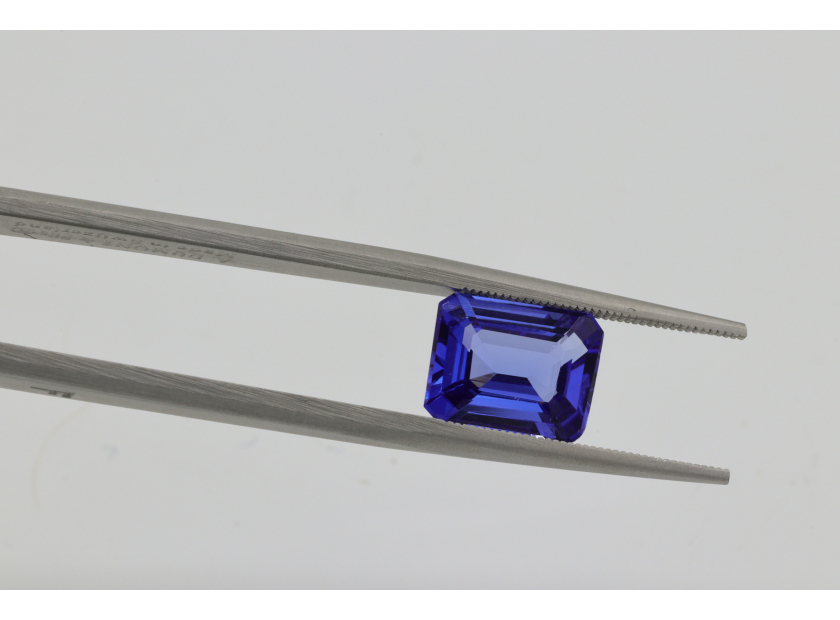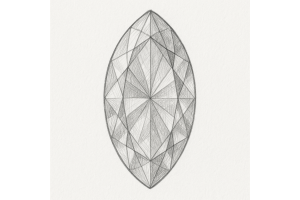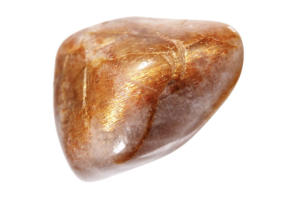GBP
/
GBP
/
Shipping to:
Currency:
How to Tell If a Tanzanite Is Real – Expert Tips to Spot a Genuine Gem
Tanzanite, with its mesmerising hues of blue and violet, has captivated gemstone enthusiasts since its discovery in Tanzania in the 1960s.
Given its rarity and allure, ensuring the authenticity of tanzanite is paramount for both buyers and collectors.
This guide will walk you through the essential steps to determine if your tanzanite is genuine.
Understanding Tanzanite
Tanzanite is a unique gemstone, exclusively found in the Mererani Hills near Mount Kilimanjaro.
Its distinctive colour results from the presence of vanadium.
In its natural state, tanzanite exhibits a trichroic nature, displaying blue, violet, and burgundy colours when viewed from different angles.
However, most tanzanite undergoes heat treatment to enhance its vibrant blue and violet shades, reducing its trichroism to dichroism.
If you're interested in exploring other gemstones with unique characteristics, check out gemstone engagement rings.
Importance of Authenticating Tanzanite
The gemstone market is rife with imitations and synthetic counterparts.
Purchasing a counterfeit not only results in financial loss but also diminishes the sentimental value associated with owning a genuine piece.
Therefore, being equipped with knowledge to identify authentic tanzanite is crucial.
For insights into choosing between different gemstones, you might find this comparison on lab-grown diamonds vs gemstones helpful.
Key Characteristics of Genuine Tanzanite
Colour Variations:
Authentic tanzanite ranges from deep blue to vibrant violet.
The most prized stones exhibit a rich, saturated blue with violet undertones.
Lighter or overly purplish stones may indicate lower quality or potential imitation.
Pleochroism:
Genuine tanzanite displays pleochroism, meaning it shows different colours when viewed from various angles.
This characteristic is a hallmark of tanzanite and can be observed by rotating the stone under light.
Clarity and Inclusions:
While high-quality tanzanite is typically eye-clean, minor inclusions are not uncommon.
Stones that are flawless might warrant further scrutiny, as some imitations lack natural inclusions.
Methods to Identify Real Tanzanite
Visual Inspection
By observing the stone under different lighting conditions, you can note the colour shifts characteristic of tanzanite's pleochroism.
A genuine tanzanite will exhibit variations between blue and violet hues.
Use of a Loupe or Magnification Tool
Examining the stone under magnification can reveal natural inclusions or growth patterns indicative of genuine tanzanite.
Additionally, synthetic stones might display tell-tale signs like gas bubbles or uniformity absent in natural gems.
Refractive Index Testing
Tanzanite has a refractive index between 1.685 and 1.707.
Using a refractometer, gemologists can measure this property to distinguish tanzanite from imitations like synthetic forsterite, which has a lower refractive index.
Common Tanzanite Imitations and How to Spot Them
Synthetic Forsterite:
This imitation can resemble tanzanite but has a lower refractive index and exhibits strong birefringence, causing a doubling effect of the back facets when viewed through the crown.
Cubic Zirconia and Glass:
These materials lack the pleochroic properties of tanzanite and are singly refractive.
A dichroscope can help differentiate them, as genuine tanzanite will display two distinct colours, whereas imitations will not.
For a deeper understanding of gemstone formations and their differences, you might find this article on how and where gemstones and diamonds are formed insightful.
The Role of Certification and Professional Appraisal
Obtaining a certificate from reputable gemological laboratories, such as the Gemological Institute of America (GIA), ensures the authenticity of your tanzanite.
These certificates provide detailed information about the stone's characteristics and any treatments it may have undergone.
When considering purchasing gemstone jewellery, always prioritise certified pieces to guarantee authenticity.
Explore a curated selection of gemstone rings that come with trusted certifications.
Buying Tips to Avoid Fake Tanzanite
Choose Reputable Dealers:
Purchase from established jewellers or dealers with positive reviews and transparent return policies.
Request Certification:
Always ask for a gemological certificate when purchasing tanzanite.
Be Wary of Deals Too Good to Be True:
Extremely low prices can be indicative of counterfeit stones.
For those seeking distinctive jewellery pieces, consider exploring non-traditional engagement rings that feature authentic gemstones.
Identifying Real Tanzanite at Home
While certain characteristics can be observed at home, definitive identification often requires specialised equipment.
If in doubt, it's advisable to consult with a professional gemologist.
FAQs
Is all tanzanite heat-treated?
Most tanzanite undergoes heat treatment to enhance its blue and violet hues.
This process is standard and accepted within the gem trade.
Can tanzanite be scratched easily?
Tanzanite ranks between 6.5 and 7 on the Mohs hardness scale, making it susceptible to scratches if not handled with care.
It's advisable to store it separately from harder gemstones.
Are there synthetic tanzanites?
As of now, tanzanite has not been successfully synthesised.
However, there are imitations in the market, so it's essential to verify authenticity.








